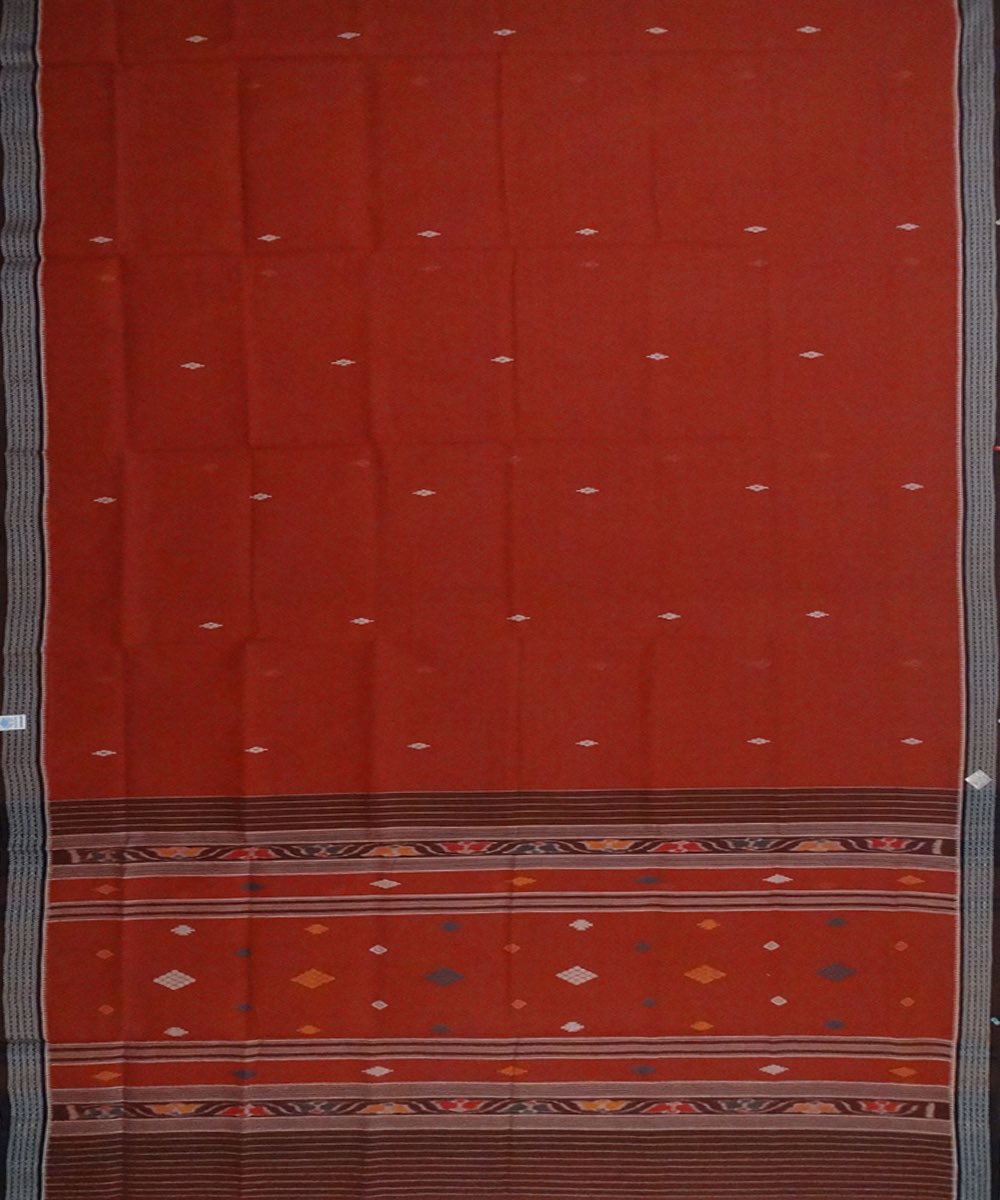
#thread #mangalurumusings I was lucky to have the Darshan of Devi Rajrajeshwari at the Shri Raja Rajeshwari Temple at Polali, located 19 kilometres away from Mangalore. Inscriptions say that this temple existed from 8th century CE. 

The temple was renovated and expanded many times by many dynasties that ruled over the region, from the Kadambas to the Alupas to the Nayakas of Keladi. 

What is unique about this temple is that the Murtis of Sri Rajarajeshwari, Bhadrakali, Sri Ganesh and Subramanya enshrined in the Garbhagriha are moulded from clay with special medicinal properties and painted over. They are not carved out of stone or cast in metal. 

The main Vigraha of Devi Rajrajeshwari is almost 10 feet tall! The Murtis are coated with a special soil mixture with medicinal properties once every 12 years in an elaborate ceremony called Lepasht Gandha and painted again. 

The temple follows the Kerala style of architecture, with exquisite woodwork on its exteriors and rafters and a sharply pointed sloping roof to withstand the torrential rains of the region. The temple has been renovated recently, but as per canons of temple architecture. 

• • •
Missing some Tweet in this thread? You can try to
force a refresh


















